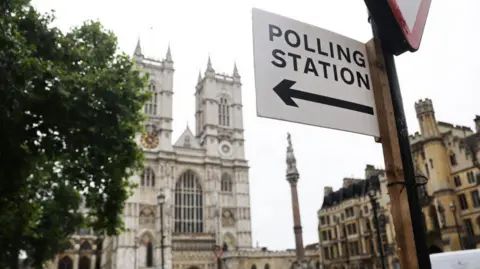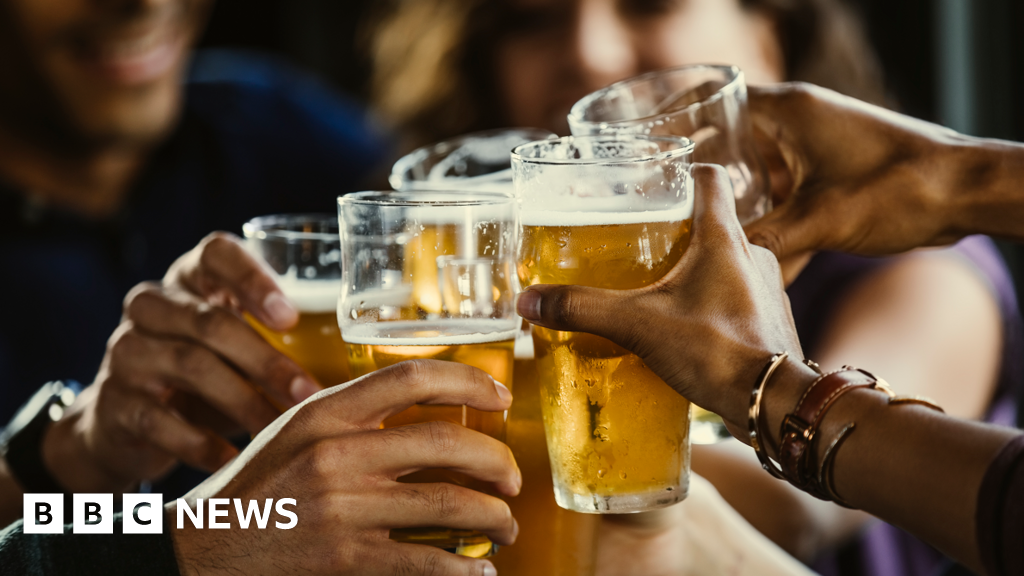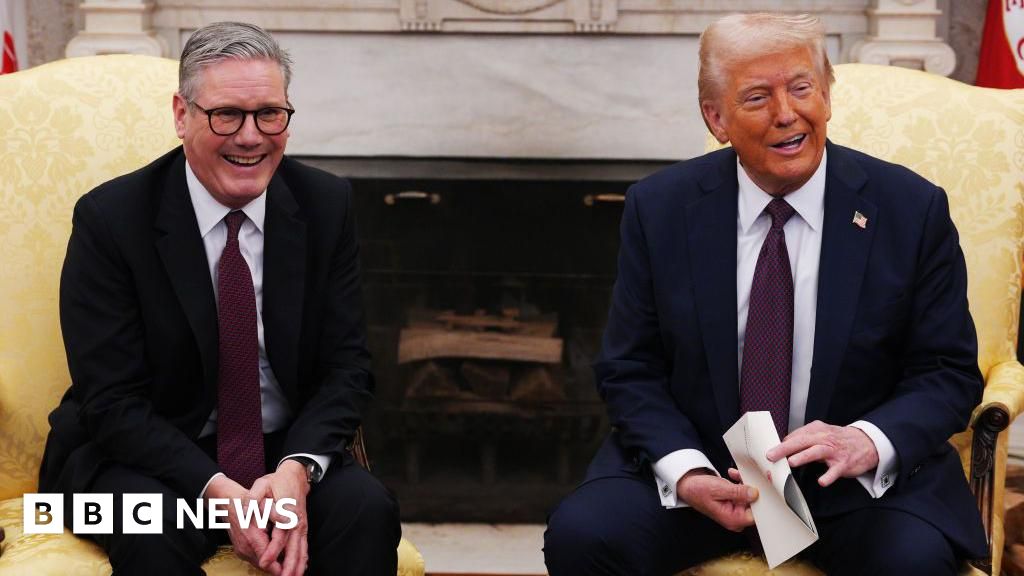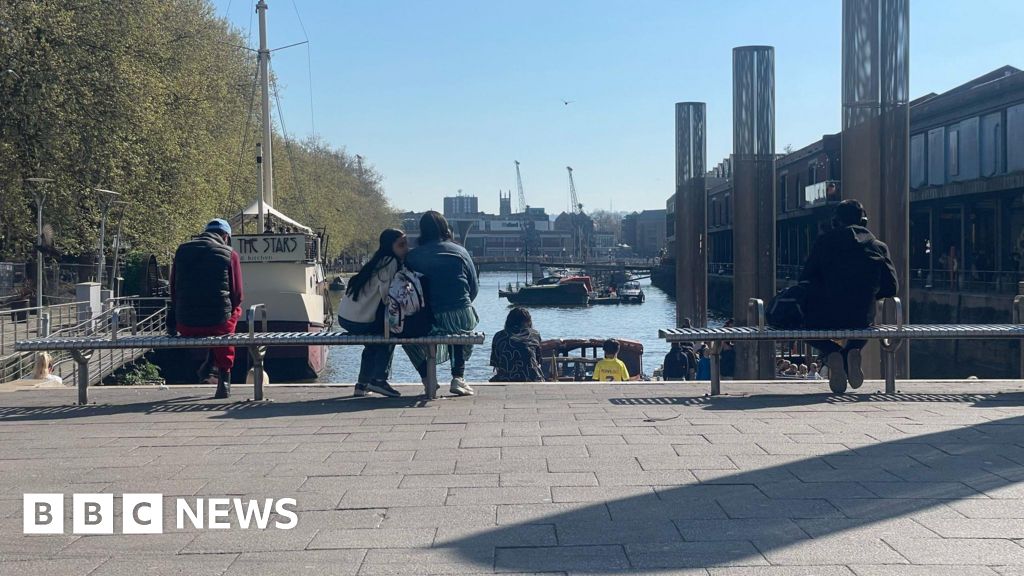ARTICLE AD BOX
5 hours ago
By Paul Seddon, Political reporter

 Getty Images
Getty Images
Millions of voters are casting their ballots in the UK's first July general election since 1945.
Polling stations, set up in buildings such as local schools and community halls, opened at 07:00 and close at 22:00 BST.
Around 46 million voters are eligible to elect 650 members of Parliament to the House of Commons.
The results for each area, or constituency, will be declared through the night and into Friday morning.
Political parties are looking to win more than half the seats, 326, in order to form a majority government.
Prime Minister Rishi Sunak cast his vote in North Yorkshire, while Labour leader Sir Keir Starmer voted in north London.
The Liberal Democrats' Sir Ed Davey visited a polling station in south-west London, and Green Party co-leader Carla Denyer voted in the west of England.
Reform UK leader Nigel Farage voted by post.
SNP leader John Swinney cast his ballot in Blairgowrie in central Scotland, while Plaid Cymru's Rhun ap Iorweth cast his in north-west Wales.
The election, called by Mr Sunak in May, is taking place with new constituency boundaries following a scheduled review to take account of changes in population.
The new boundaries, based on voter registration figures, have seen England receive an additional 10 MPs, taking its total seats to 543.
The number of seats in Wales has dropped by eight to 32 seats, with the total for Scotland falling from 59 to 57. Northern Ireland stays the same with 18.
Anyone aged 18 or over can vote, as long as they are registered and a British citizen or qualifying citizen of the Commonwealth or Republic of Ireland. Registration closed on 18 June.
Following a legal change in 2022, an estimated two million British citizens who have been living abroad for more than 15 years were able to register to vote.
Photo ID
This is also the first general election at which voters in England, Wales and Scotland have to show photo ID to vote in person.
There are 22 acceptable forms of ID, including passports, driving licences, older or Disabled Person's bus passes, and Oyster 60+ cards.
There are nine valid forms of ID to vote in Northern Ireland, where voters have had to show photo ID since 2003.
Alternatively, those registered to vote without the correct ID were able to apply for a free document called a voter authority certificate.
Voters in England, Scotland and Wales whose ID was lost or stolen after the deadline were able to apply for an emergency proxy vote up until 17:00 on polling day, to allow another registered voter to cast a vote on their behalf.
Many people will have already voted for their favoured candidate in their constituency by voting by post.
Those who applied for a postal vote but have yet to return it can hand it into their local polling station by the close of polls at 22.00.
How does the BBC report polling day?
The BBC, like other broadcasters, is not allowed to report details of campaigning or election issues while the polls are open.
On polling day, the BBC does not report on any of the election campaigns from 06:00 BST until polls close at 22:00 BST on TV, radio or bbc.co.uk, or on social media or other channels.
However, online sites do not have to remove archived reports, including, for instance, programmes on iPlayer.
The lists of candidates, as well as the manifesto guides, remain available online during polling day.
After the polls close at 22:00, an exit poll carried out jointly for the BBC, ITV and Sky News will be published, providing the first indication of how the parties have fared.
The first results are expected at around 23:30.

 9 months ago
29
9 months ago
29








 English (US) ·
English (US) ·